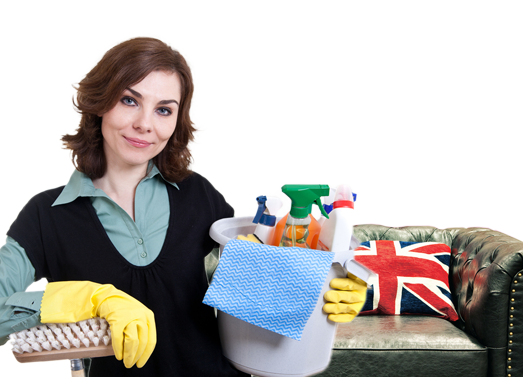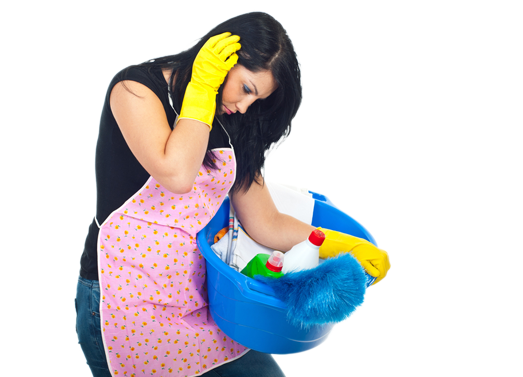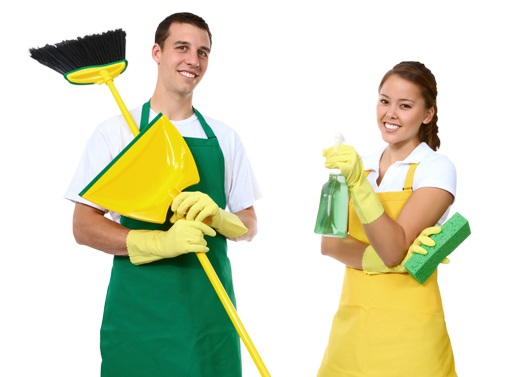Uncover the Best Practices for a Mold-Free Bathroom
Posted on 15/08/2025
Uncover the Best Practices for a Mold-Free Bathroom
A mold-free bathroom is more than just aesthetically pleasing--it's essential for your health and the integrity of your home. Mold thrives in humid, damp environments like bathrooms, where poor ventilation, leaky fixtures, and neglected cleaning can contribute to its rapid growth. If left untreated, mold can cause structural damage and pose serious health risks. Therefore, uncovering the best practices to maintain a mold-free bathroom is vital for every homeowner.
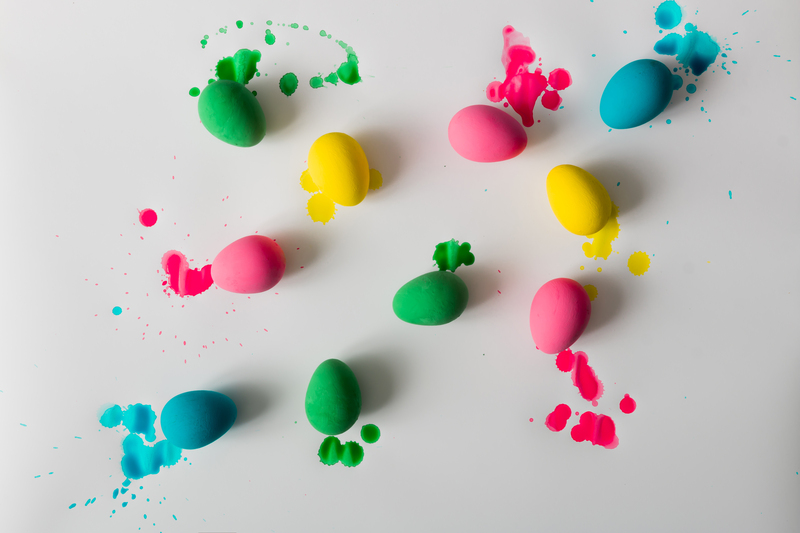
Why Mold Prevention in Your Bathroom Matters
Mold is a type of fungus that reproduces via tiny spores, which float throughout the air. When these spores land on damp surfaces, they can begin to grow rapidly, especially in environments with high humidity--like residential bathrooms. Common molds found indoors include Aspergillus, Penicillium, and Stachybotrys chartarum (black mold). According to the Environmental Protection Agency (EPA), mold exposure can cause allergic reactions, asthma attacks, and other respiratory issues, making mold control crucial--especially in the bathroom.
- Structural Damage: Persistent mold can weaken drywall, floorboards, tiles, and grout, necessitating expensive repairs.
- Health Concerns: Mold releases airborne spores, which can trigger allergic responses, breathing issues, and irritate the eyes, nose, skin, and throat.
- Aesthetic Issues: Mold stains and foul odors can make bathrooms unpleasant to use and decrease property value.
So, what are the most effective ways to prevent bathroom mold? Let's deep-dive into strategies and recommend mold-resistant daily habits.
Top Causes of Bathroom Mold
Before implementing the best practices for a mold-free bathroom, it's essential to understand the root causes:
- Poor Ventilation: Lack of air circulation allows humidity to linger and encourages mold growth.
- Excess Moisture: Water from showers, tubs, sinks, and leaks can saturate surfaces, creating ideal conditions for mold spores to thrive.
- Improper Sealing: Cracked grout, unsealed tiles, or gaps around fixtures allow water infiltration and stagnant moisture.
- Neglected Cleaning: Infrequent cleaning allows soap scum, dust, and organic debris to accumulate, becoming nutrients for mold.
Key Spots Where Mold Grows in Bathrooms
- Grout lines and caulking
- Behind and under sinks, bathtubs, and toilets
- Ceilings and walls (especially after water damage)
- Shower curtains or glass doors
- Bathroom rugs and mats
- Window sills and frames
Comprehensive Best Practices for a Mold-Free Bathroom
Now let's break down the best mold prevention techniques to ensure your bathroom stays fresh, healthy, and mold-free:
1. Enhance Bathroom Ventilation
- Install or Upgrade an Exhaust Fan: An exhaust fan is your best defense against moisture. Run it during and at least 20 minutes after every shower or bath to draw out steam and keep humidity levels low.
- Open Windows and Doors: If your bathroom has operable windows, crack them open to improve air flow and facilitate drying.
- Leave Shower Doors & Curtains Open: After bathing, keep doors or curtains open to allow trapped moisture to escape.
Pro Tip: Install a humidity-sensing fan, which automatically turns on when moisture is detected, providing smart, hands-off protection.
2. Address Plumbing Leaks Immediately
- Inspect all plumbing fixtures regularly for drips, leaks, or signs of water accumulation.
- If you spot a leak beneath a sink, around the toilet base, or in shower enclosures, repair it promptly to prevent water damage and mold colonization.
- Examine joints, caulking, and grout lines for cracks or gaps and recaulk or regrout as needed.
Note: Even minor leaks can significantly increase bathroom humidity and serve as a breeding ground for mold if ignored.
3. Maintain Proper Humidity Levels
- Use a digital hygrometer to monitor your bathroom's humidity. The ideal level is below 50%.
- Dehumidifiers are helpful in bathrooms with persistent humidity problems.
- Wipe down wet surfaces (walls, mirrors, and fixtures) after showers or baths to quickly reduce lingering moisture.
4. Clean Frequently and Properly
- Scrub tiles, grout, and caulk with a mold-inhibiting cleaner or a solution of vinegar and water every week.
- Launder or replace bath mats, towels, and shower curtains regularly.
- Avoid leaving damp towels, washcloths, or bath toys in the bathroom for prolonged periods.
- Clean drains to prevent organic buildup, which can also promote mold growth.
Pro Tip: Consider using antimicrobial shower liners and washable rugs to reduce the likelihood of mold taking hold.
5. Use Mold-Resistant Materials and Finishes
- Select mold-resistant paints, drywall, and sealants when remodeling or updating your bathroom.
- Choose ceramic, porcelain, or natural stone tiles with minimal grout lines for easier cleaning and fewer moisture traps.
- Install high-quality bathroom fans and seal all joints, corners, and fixtures properly during construction or renovation.
6. Ensure Proper Drainage and Sealing
- Slant bathroom floors gently toward drains to prevent standing puddles.
- Seal grout and tiles annually to extend water resistance.
- Check window wells, baseboards, and corners for any standing water and dry promptly.
Daily Habits for a Mold-Proof Bathroom
Simple daily behaviors can significantly reduce the risk of mold:
- Hang towels and washcloths to dry after use.
- Keep shampoo bottles and toiletries dry--wipe their bases regularly.
- After using the bathroom, squeegee shower walls, glass, and floors to remove excess water.
- Keep clutter off flat surfaces to facilitate cleaning and airflow.
- Run the fan or ventilate for 20-30 minutes after using hot water.
Natural and Chemical Mold Cleaners for Bathrooms
While prevention is best, sometimes persistent bathroom mold requires targeted cleaning. Both natural and chemical treatments are effective but differ in application and strength.
Natural Mold Cleaners
- White Vinegar: Spray undiluted vinegar on affected areas, let sit for an hour, then scrub and rinse. *Vinegar* is acidic and breaks down up to 82% of mold species.
- Baking Soda: Mix one-quarter tablespoon with water to form a paste. Scrub problem surfaces and rinse. Baking soda deodorizes and cleans without harsh residue.
- Lemon Juice: The acidity in lemons helps kill mold spores. Apply lemon juice to moldy spots, leave for 5-10 minutes, scrub, and rinse clean.
Chemical Mold Treatments
- Bleach: Mix one part bleach with three parts water, apply to non-porous surfaces, ventilate the bathroom, scrub, and rinse thoroughly. Only use in well-ventilated spaces and never mix bleach with ammonia.
- Hydrogen Peroxide: A 3% solution sprayed onto mold kills it and whitens stains. Wait 10 minutes, scrub, and rinse.
- Commercial Mold Cleaners: Many store-bought solutions are EPA-approved and contain fungicides that rapidly break down bathroom mold.
Caution: Always wear *gloves*, use *eye protection*, and ventilate the bathroom when treating with chemicals. Avoid mixing cleaners.
When to Call a Mold Remediation Professional
For extensive or recurrent mold infestations, DIY solutions might not be enough. Persistent black mold, mold covering more than 10 square feet, or mold in hidden spots (like inside walls) should be evaluated and addressed by a certified mold remediation professional. Professionals use specialized equipment, safely remove contaminated materials, and can help identify hidden leaks or structural causes.
- Mold Returns Quickly: Recurring spots indicate an ongoing moisture problem that requires expert intervention.
- Hidden Water Damage: If you smell a musty odor or notice soft walls/floors, call a pro to investigate and repair concealed mold.
- Health Symptoms: If you or your family experience persistent respiratory symptoms at home, consulting a mold expert is advisable.
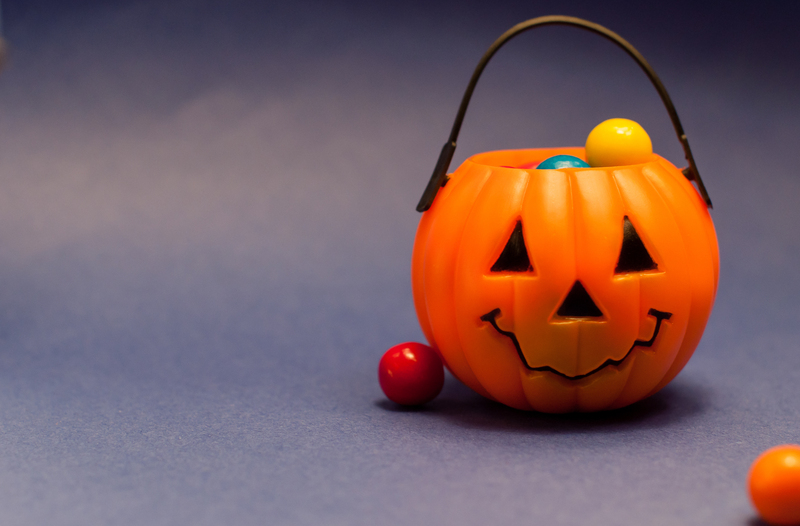
Summary: Your Mold-Free Bathroom Checklist
- Keep humidity below 50%.
- Ventilate during and after showers or baths.
- Repair leaks promptly and inspect plumbing often.
- Clean and disinfect tiles, grout, and caulk regularly.
- Use mold-resistant paints, sealants, and materials.
- Dry wet surfaces after use and keep towels clean.
- Remove clutter and facilitate airflow.
- Deal with persistent mold via professionals.
Conclusion: Enjoy a Healthy, Mold-Free Bathroom
Uncovering the best practices for keeping your bathroom mold-free is not just a one-time fix but an ongoing commitment to maintenance, vigilance, and healthy habits. By ensuring good ventilation, monitoring moisture, using the right materials, and adopting cleaning routines, you can successfully defend your bathroom from the nuisances and dangers of mold. Start implementing these mold prevention tips today to safeguard your health and preserve the beauty of your home's most essential space.
By following these comprehensive guidelines, you'll enjoy a cleaner, more comfortable, and truly mold-free bathroom for years to come.


